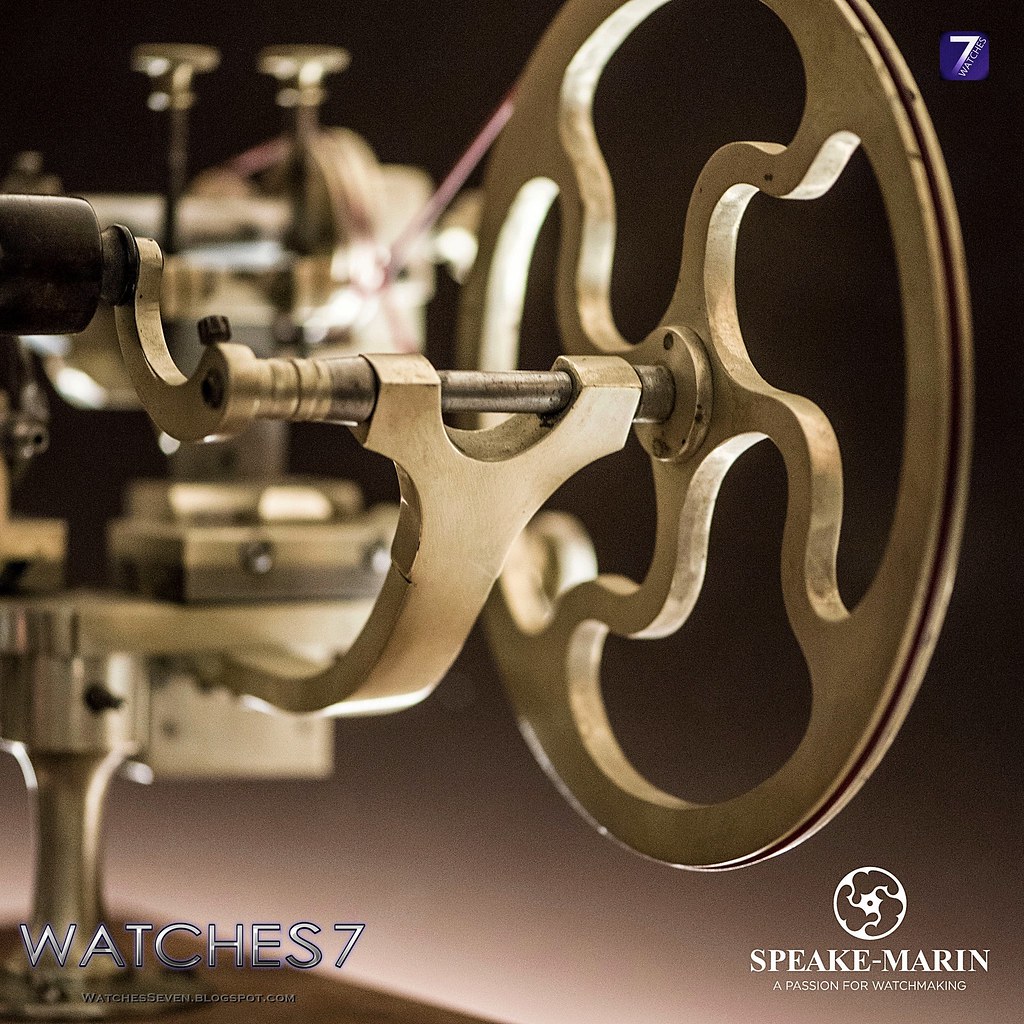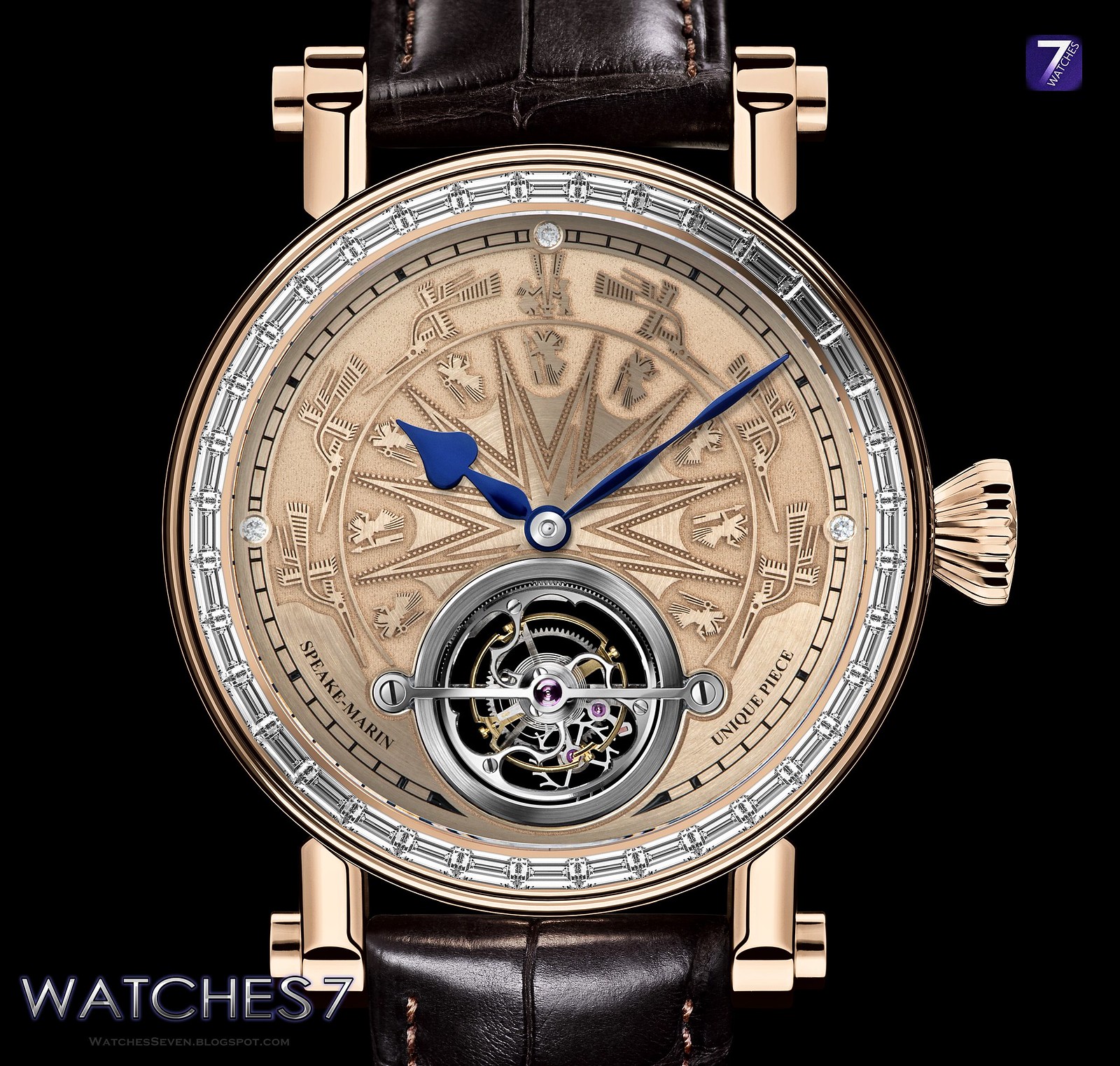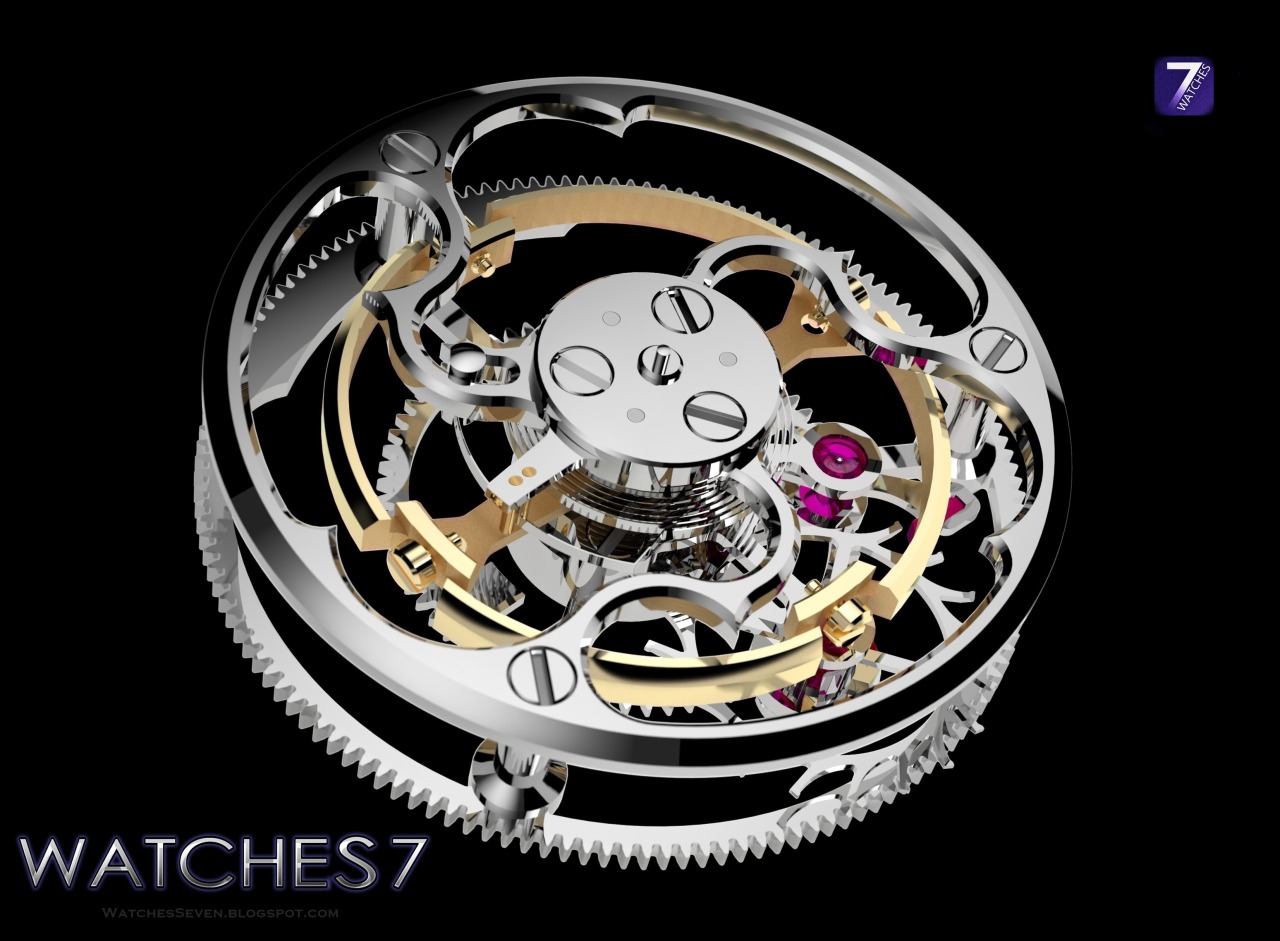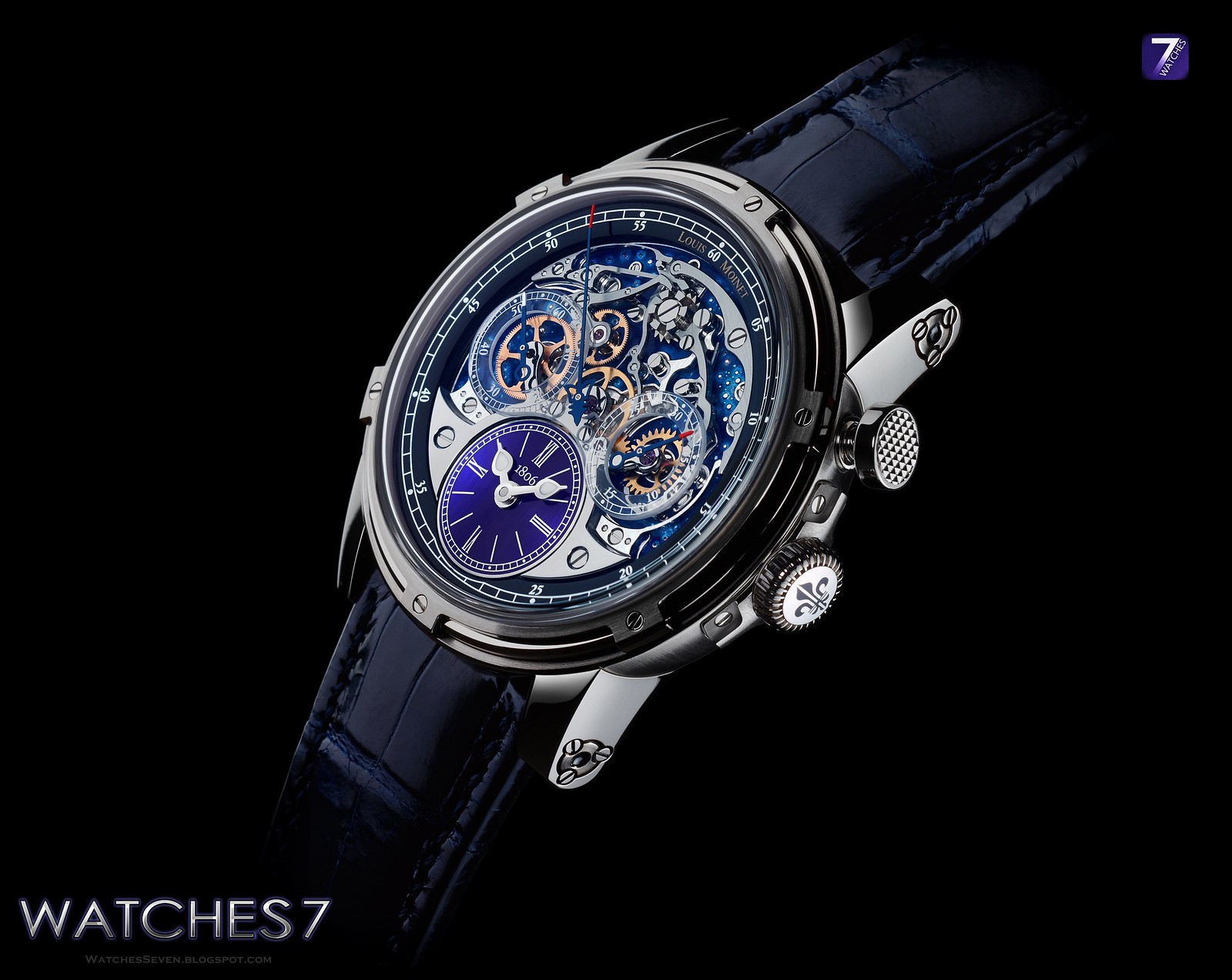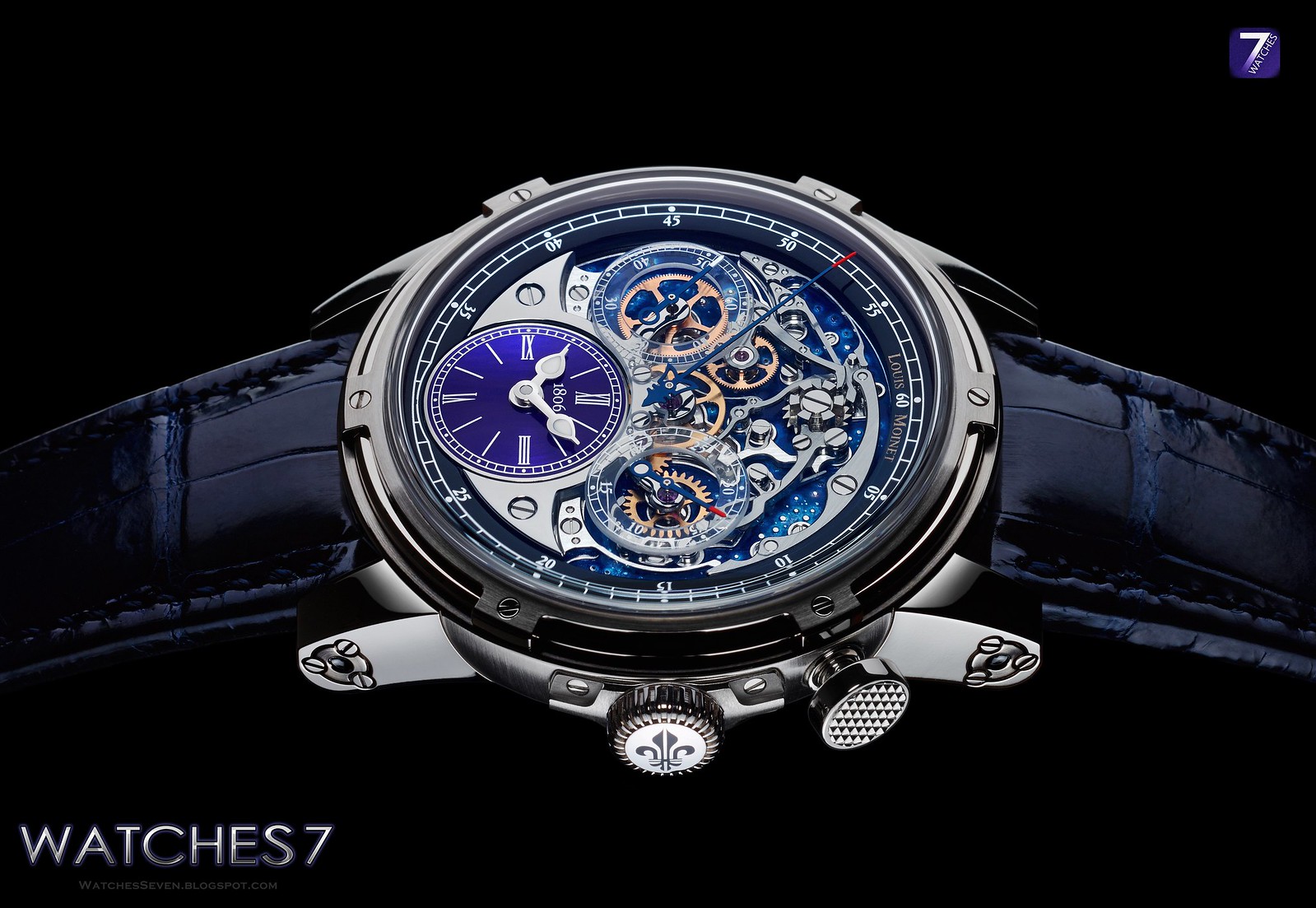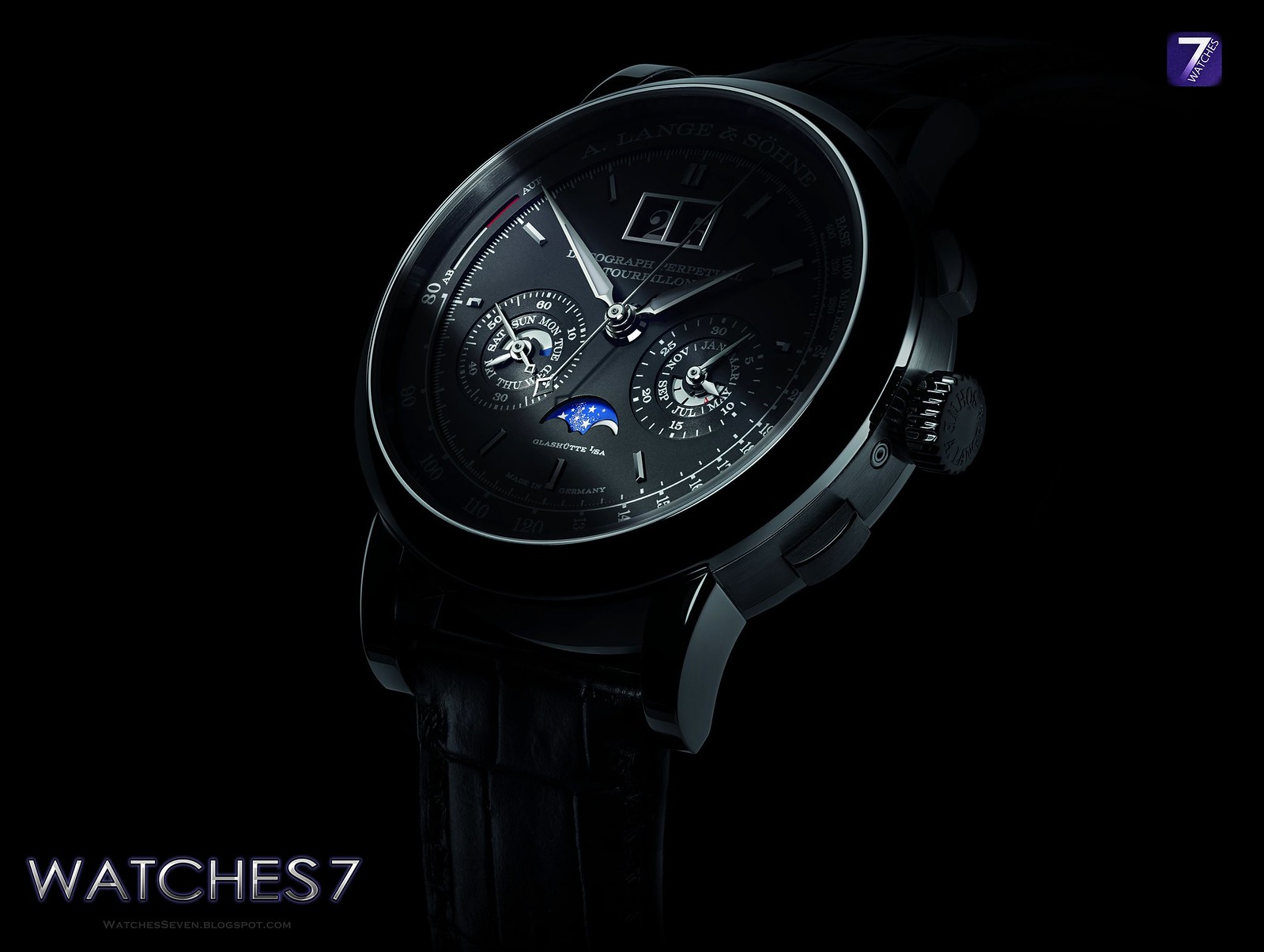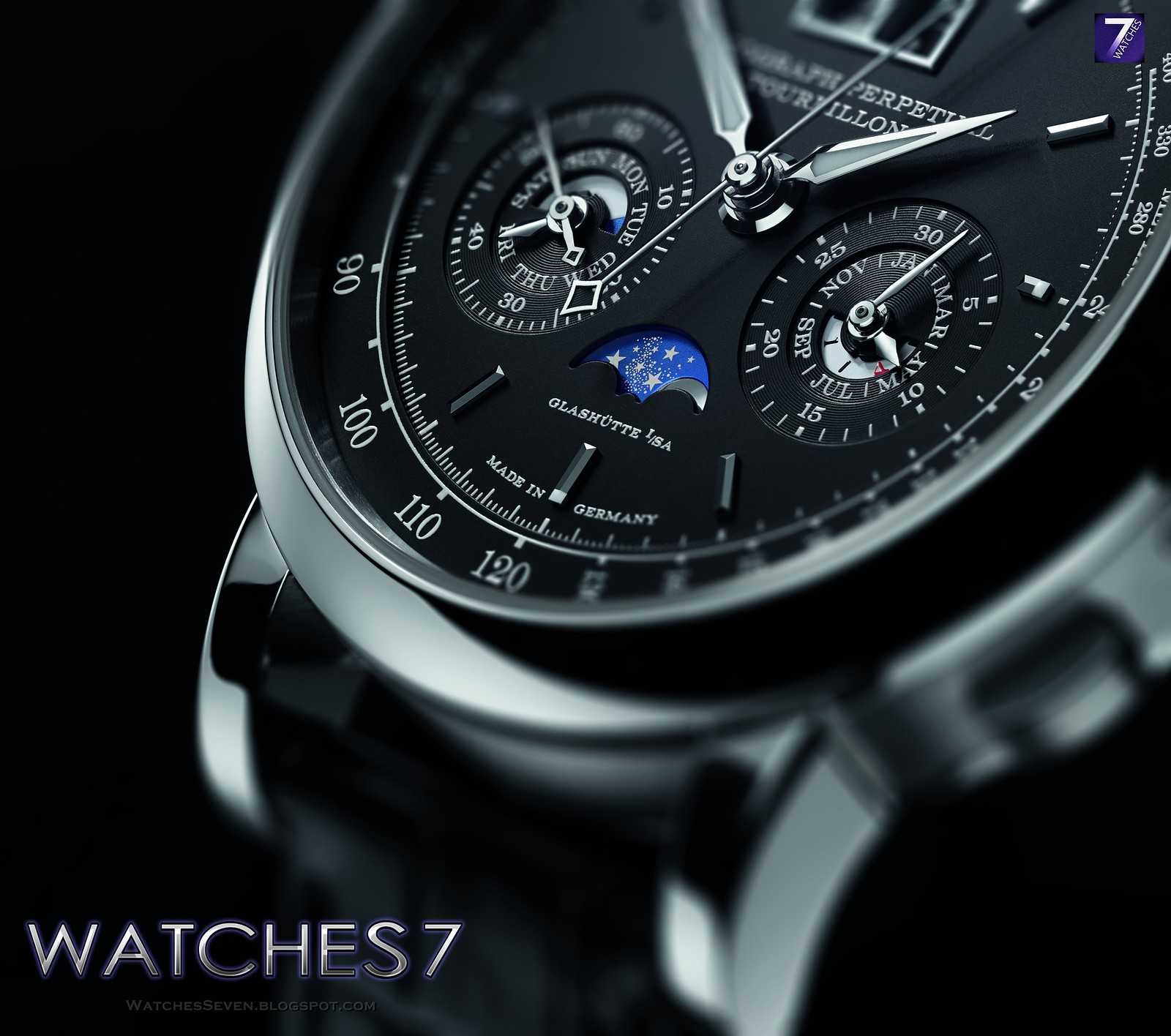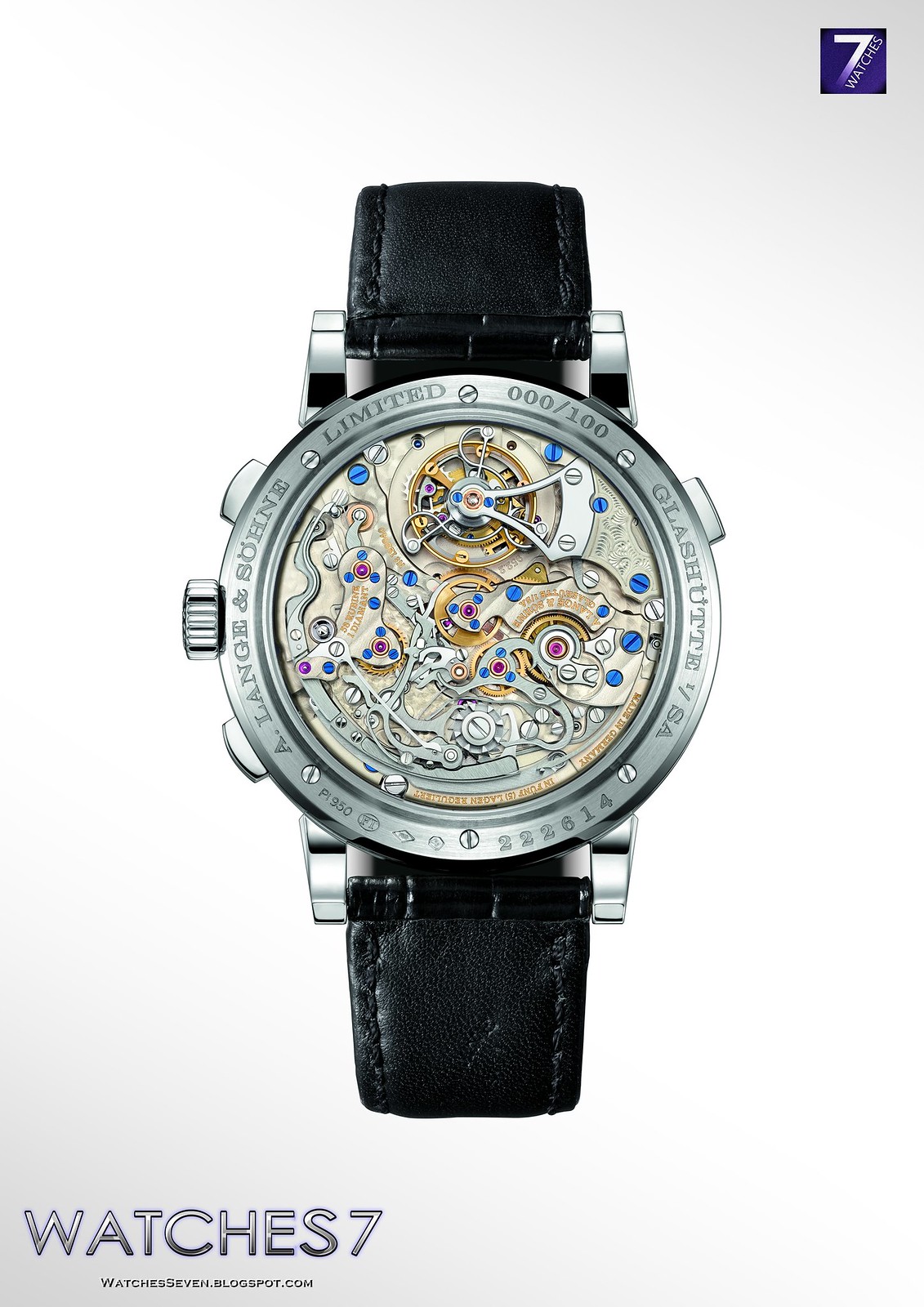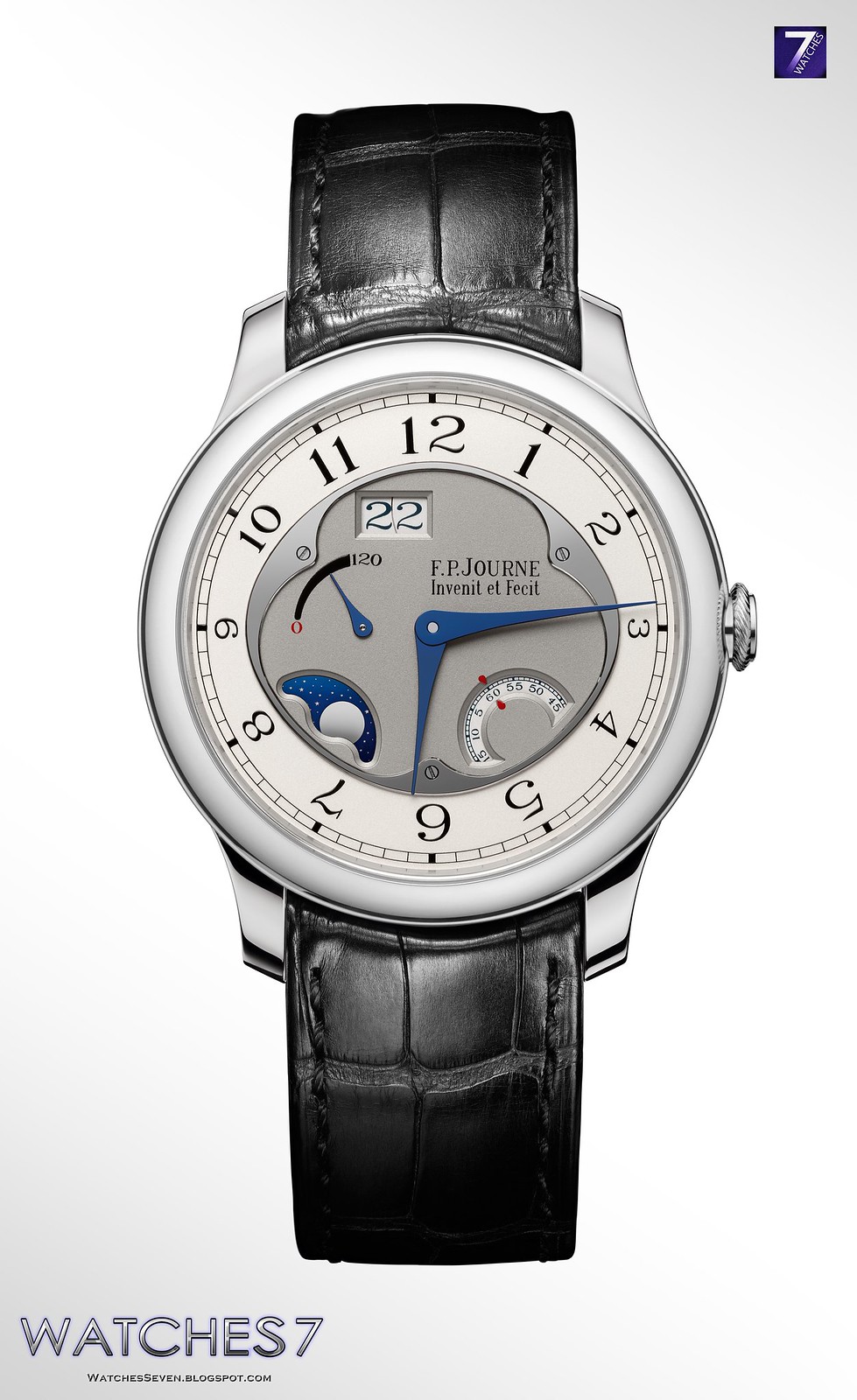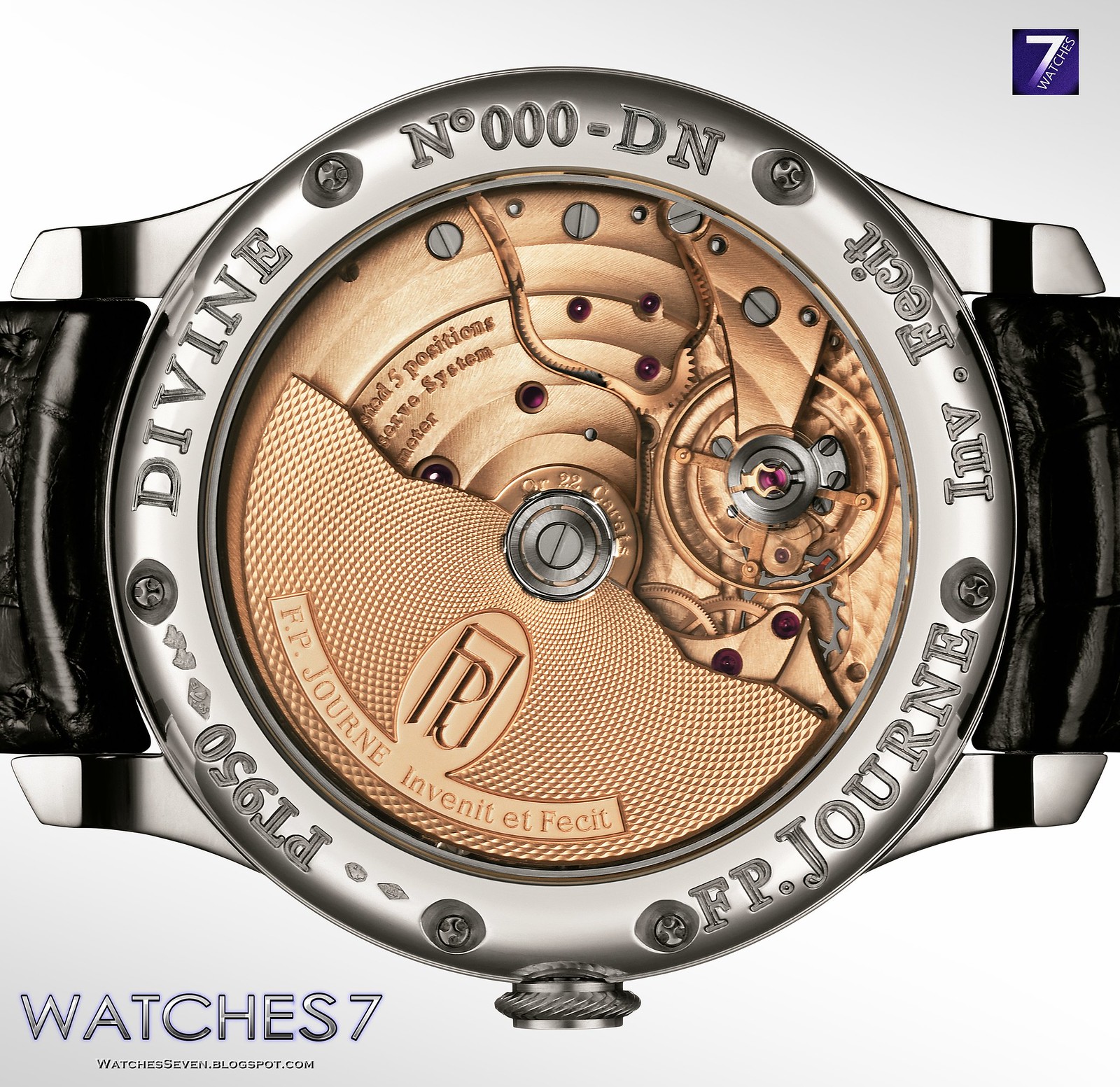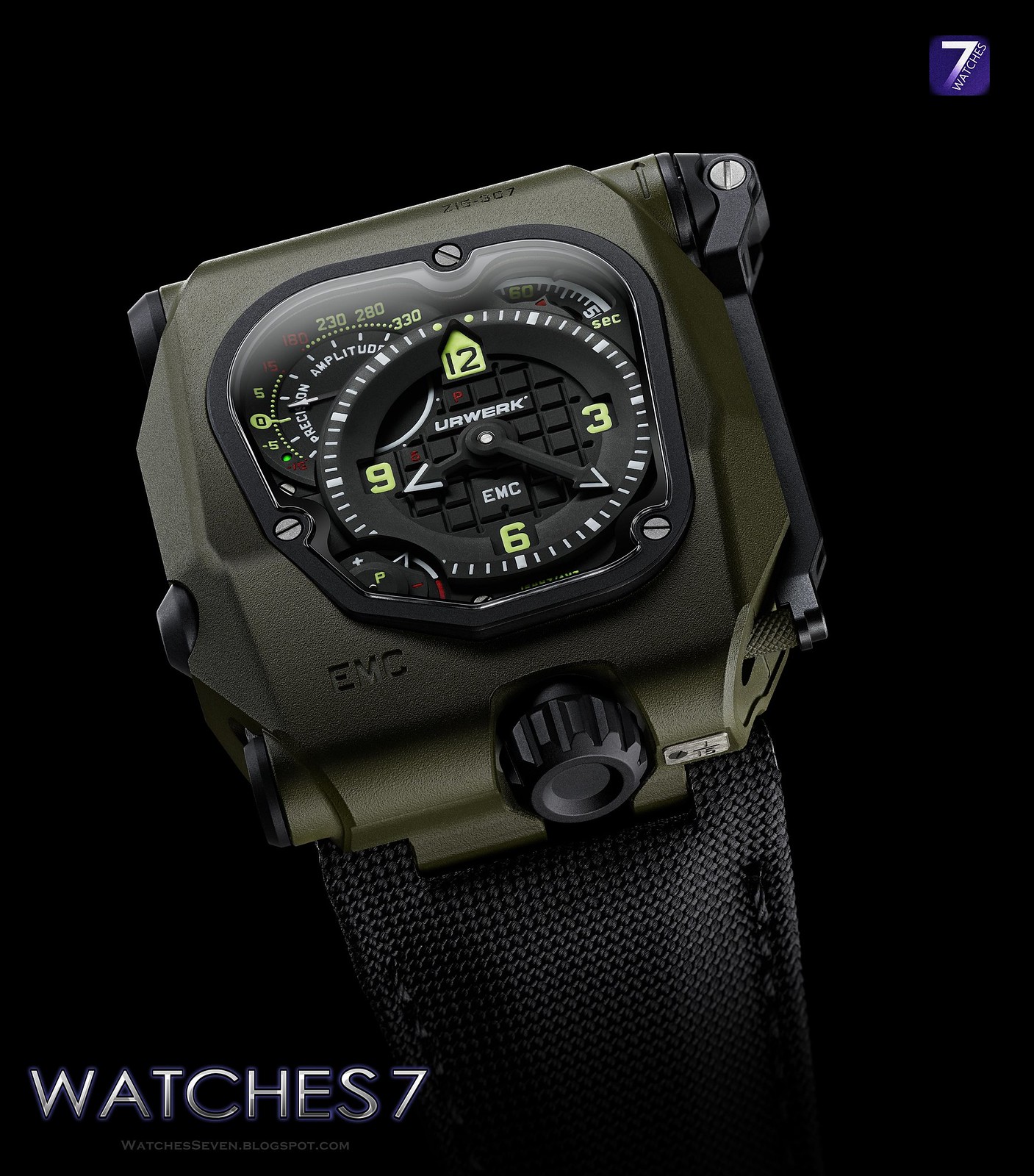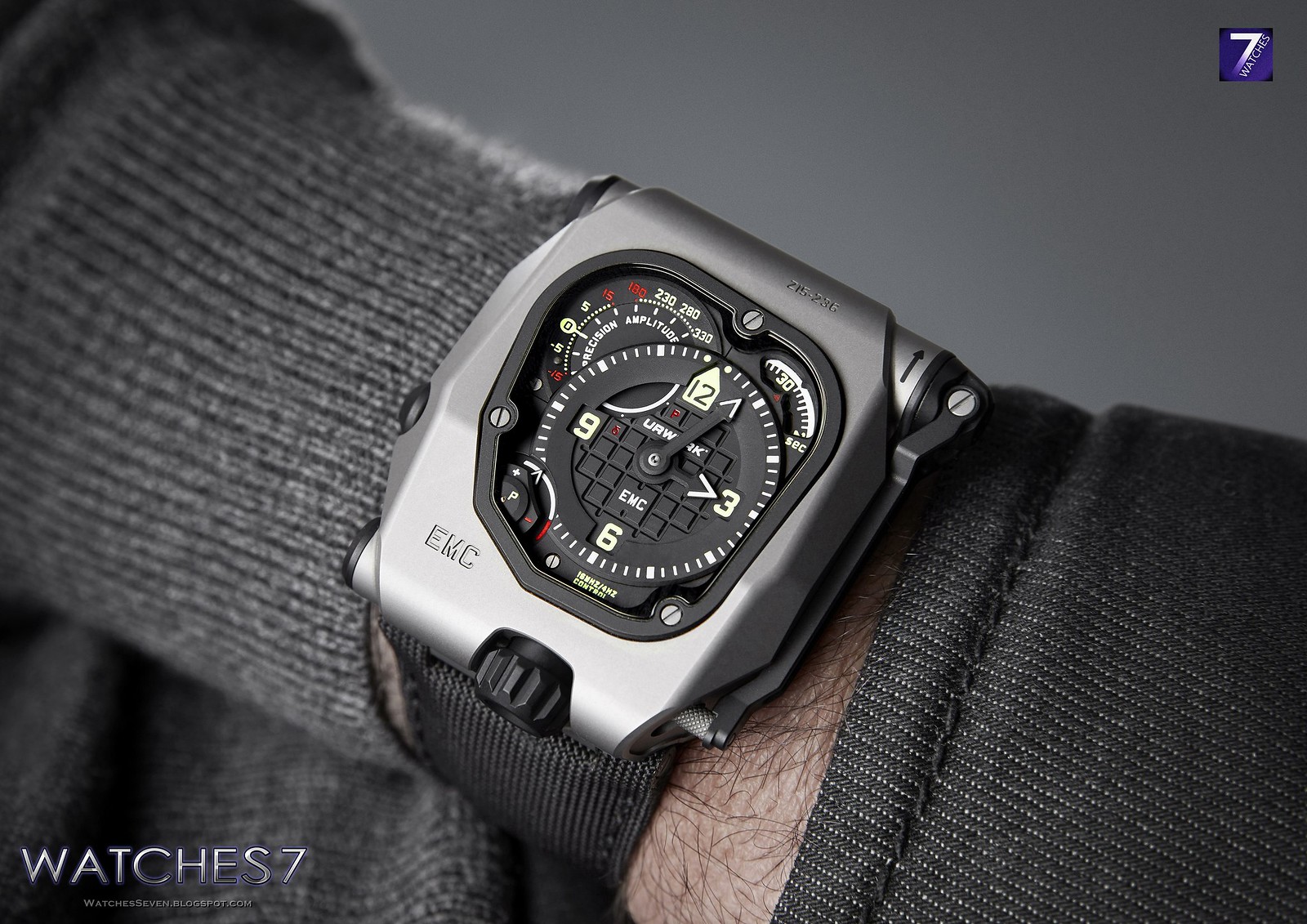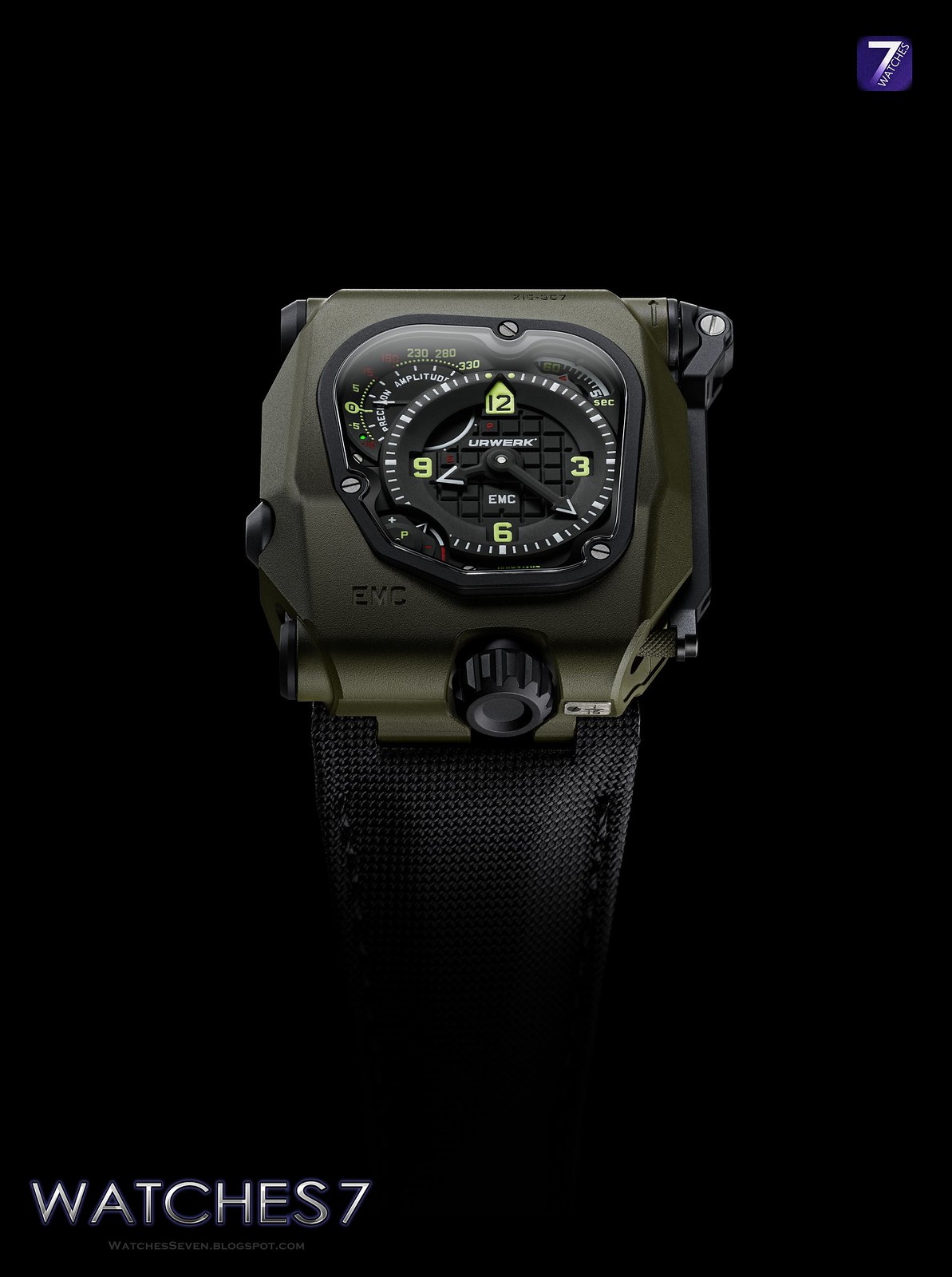
SPEAKE-MARIN – J Class Diamond MAGISTER Dong Son Tourbillon Red Gold NEW
The Grand Diamond Magister Dong Son Tourbillon features an 18K red gold dial intricately etched with a motif inspired by ancient Dong Son bronze drums inspired by the prehistoric bronze drums of the ancient Dong Son people of Vietnam. Polished bevels lead the eye towards the animated 60-second tourbillon. The Diamond Magister Dong Son is a unique piece in series of 8 tourbillon watches with this design. The meticulously detailed dial is complemented by the drum-like Speake-Marin Piccadilly case in 18k red gold.
In addition to the signature Piccadilly case, the Dong Son Tourbillon possesses other quintessential Speake-Marin qualities including sculpted heat-blued hands, finely finished movement and fluted crown, here set with a scintillating diamond.
Click on the mouse wheel to see the large size .... BIG FOTO
Dong Son drums are bronze drums crafted by the Dong Son culture in the Red River Delta of northern Vietnam between 600 BC and the 300 AD. The Dong Son people were highly- skilled bronze casters and their drums – of which the sides and top surface were usually decorated with geometric patterns and scenes depicting daily life – are considered to represent an artistic level that very few cultures of the time could match.
The beautiful hand-finished tourbillon rotating at 6 o’clock is framed superbly by its steel guard. The eye-catching, highly polished tourbillon bridge is made from Durnico steel, chosen for its superior strength.
Click on the mouse wheel to see the large size .... BIG FOTO
The tourbillon has played an important role in the story of Speake-Marin. The first timepiece to bear the Speake-Marin name was the Foundation Watch, a hand-made pocket watch. The watchmaker’s topping tool wheel motif in the Speake-Marin logo, which first appeared in the tourbillon cage of the Foundation Watch, can also be seen in the tourbillon cage of the Dong Son Tourbillon.
Peter Speake-Marin says: “The tourbillon is one of the elements that I love most about watchmaking because of the animation it brings to the dial. It shows time moving in a way that a minute-repeater or grande sonnerie can’t offer.”
Click on the mouse wheel to see the large size .... BIG FOTO
The Dong Son Tourbillon’s visually-arresting blued steel hands are also designed in the same style as the hands of the Foundation Watch, the Rosetta Stone of Speake-Marin. Around the circular-grained periphery of the 18k red gold dial, Roman numerals are first engraved, then lacquered, then circular-grained. The polished gold diamond set bezel frames the dial, just as the circular grained guard ring around the escapement frames the tourbillon.
Click on the mouse wheel to see the large size .... BIG FOTO
Turning the Dong Son Tourbillon over, the movement featuring hand-finishing can be fully appreciated through the display back. On top of the offset mainspring barrel is the noble platinum micro-rotor, its strong and sober aesthetic counter-balanced by the intricate complexity of the tourbillon.
The lower tourbillon cage is supported by a striking paddle-shaped bridge offering clear visual access to the surrounding gears below. The rhodium-finished German silver bridges and movement plates are circular-grained with polished screw heads and countersinks. Technical details are engraved and gilded on the bridges either side of the platinum rotor.
Click on the mouse wheel to see the large size .... BIG FOTO
The Dong Son bronze drum culture
Dong Son drums are bronze drums crafted by the Dong Son culture in the Red River Delta of northern Vietnam between about 600 BC and the third century AD. Weighing up to 100 kilograms, some drums would have required the smelting of between one and seven tons of copper ore. Since the late 17th century, more than 200 such drums have been discovered from eastern Indonesia to Vietnam and parts of southern China.
It is thought that the Dong Son drums were used as musical instruments in festivals, in prayers for rain and for good harvest, in rituals such as weddings and funerals, and for rallying men for war. The sides and top surface of the drums were usually decorated with geometric patterns and realistically inscribed scenes depicting daily life – for example war, animals and boats.
The unique dial of the Dong Son Tourbillon
These traditional patterns and iconography provide the inspiration for the highly-intricate dial motif of the Speake-Marin Dong Son. The Diamond Magister Dong Son dial motif takes its cues from some of the most revered Dong Son drum creations, including the Hoàng Ha drum, Co Loa drum and the most important of all due to its well-preserved nature and intricate decoration, the famous Ngoc Lu drum.
The top surfaces of these drums are adorned with a central starburst and concentric circles within which are repetitive images of armed warriors and flying egrets as well as geometric hatching.
The dial centre motif of the Dong Son Tourbillon follows a similar pattern to these historical masterpieces, with an outer ring of graceful egrets complemented by an inner ring featuring plumed warriors holding their weapons between the 12 points of the eye-catching starburst. These 12 points also form a neat horological reference for the central hands indicating the hours.
Intricate etching
Click on the mouse wheel to see the large size .... BIG FOTO
It is not only the iconography of the Dong Son drum motif that gives the Dong Son dial its vitality, but also the spectacular precision of the etching in the 1.0mm thick 18k gold dial.
“The precision of the etching to create the Dong Son dial motif was only made possible thanks to an extremely innovative chemical etching process,” says Peter Speake-Marin. “Such an astonishing level of detail couldn’t have been achieved by human hand.”
The precision-etched areas of the red gold dial are 0.3 mm deep, matte finishing emphasises the ‘all red’ dial treatment and provides a stunning image with the circular-grained, red gold motif.
------------------------------------------------------------
TECHNICAL SPECIFICATIONS
Speake-Marin J Class Diamond Magister Dong Son Tourbillon 18K Red Gold
• Central hours and minutes
• Hand-finished 60-second tourbillon
• White-lacquered, multi-level dial
• Automatic-winding movement with 950 platinum micro-rotor
• Power reserve 72+ hours
• 42mm Piccadilly case
• Display back
Dial and hands
• 18k Red gold chemically etched and hand finished "Dong Son" drum motif dial.
• Diamond markers at 3, 9 and 12h.
• Central Speake-Marin signature Foundation hour and minute hands in heat-blued steel
Movement and finishing
• Calibre SM3
• Rhodium-finished German silver bridges
• Glucydur balance
• Automatic-winding movement
• 950 Platinum micro-rotor
• Diameter of rotor: 16.40mm
• Single barrel
• Frequency: 21,600vph / 3Hz
• Power reserve: over 72 hours
• Dimensions: 30.40mm x 5.40mm
• Jewels: 25
• 4N gold-plated bridge engravings:
Twenty Five (25)
Jewels; 60 Second Tourbillon;
Platinum Rotor Mass;
Swiss Made; Speake-Marin Switzerland;
Frequency 3Hz;
72 hour power reserve;
Case and strap
• 42mm
• Iconic Piccadilly case in polished 18K red gold
- Bezel set with 36 baguette diamonds (2.16 cts).
- Diamond set crown, round cut diamond (0.2 cts)
• Thickness 12mm
• Front and display-back sapphire crystals treated with anti-reflective coating
• Case-back circumference engraving: “Speake-Marin – The Piccadilly”
• Water resistance: 3atm/30m/100ft
• Hand-made, natural alligator strap
Buckle:
• Pin buckle in 18K red gold
Grand Diamond Magister Dong Son is unique piece in series of 8 watches with this design.
-----------------------------------------------------
Should you need additional information,
feel free to contact our Communications Department by email:
veronique@speake-marin.com or by phone at:+41 21 695 26 56.
-----------------------------------------------------------------------
www.facebook.com - SpeakeMarin
-------------------------------------------------------------------------------
www.Speake-Marin.com

